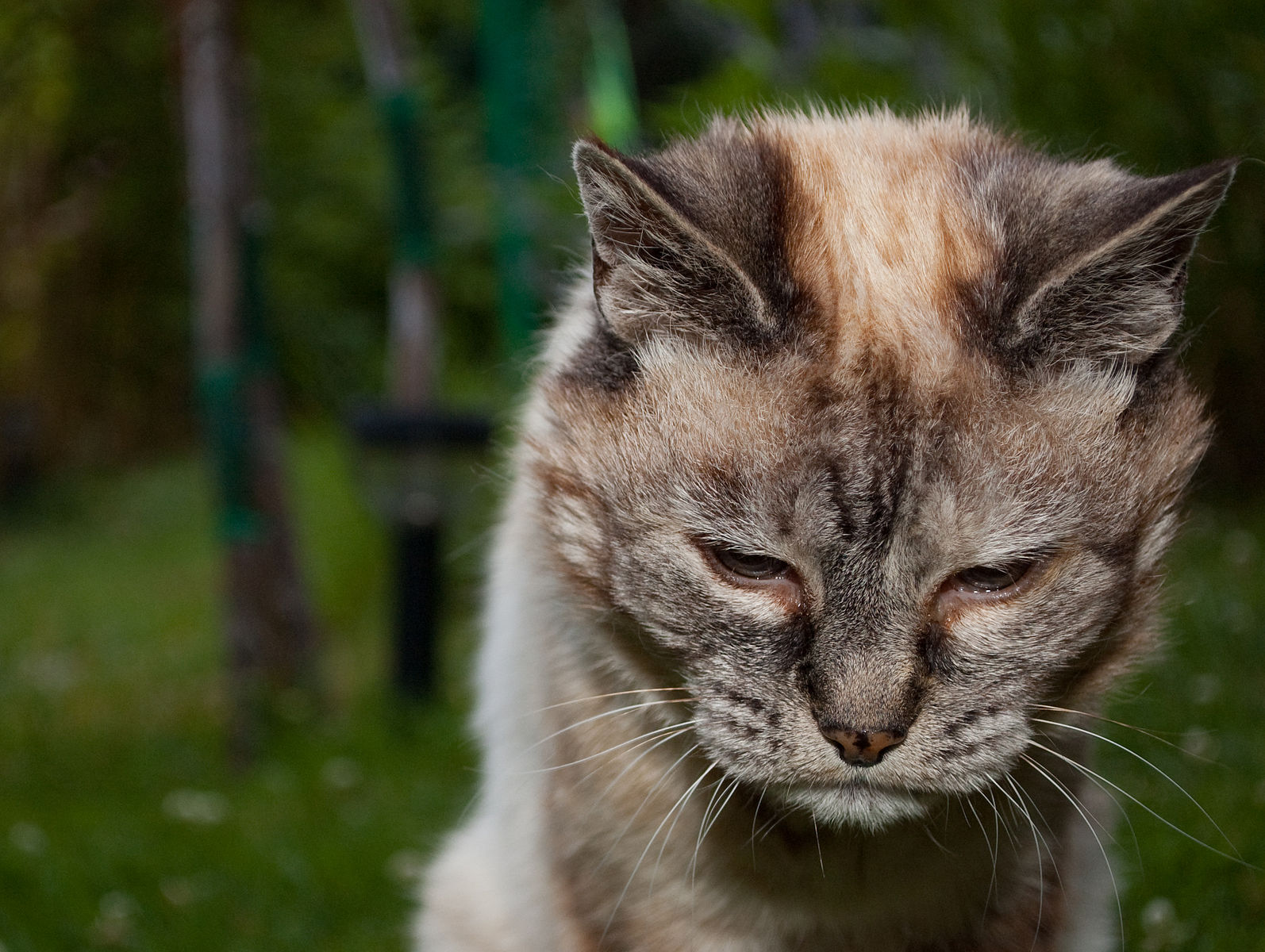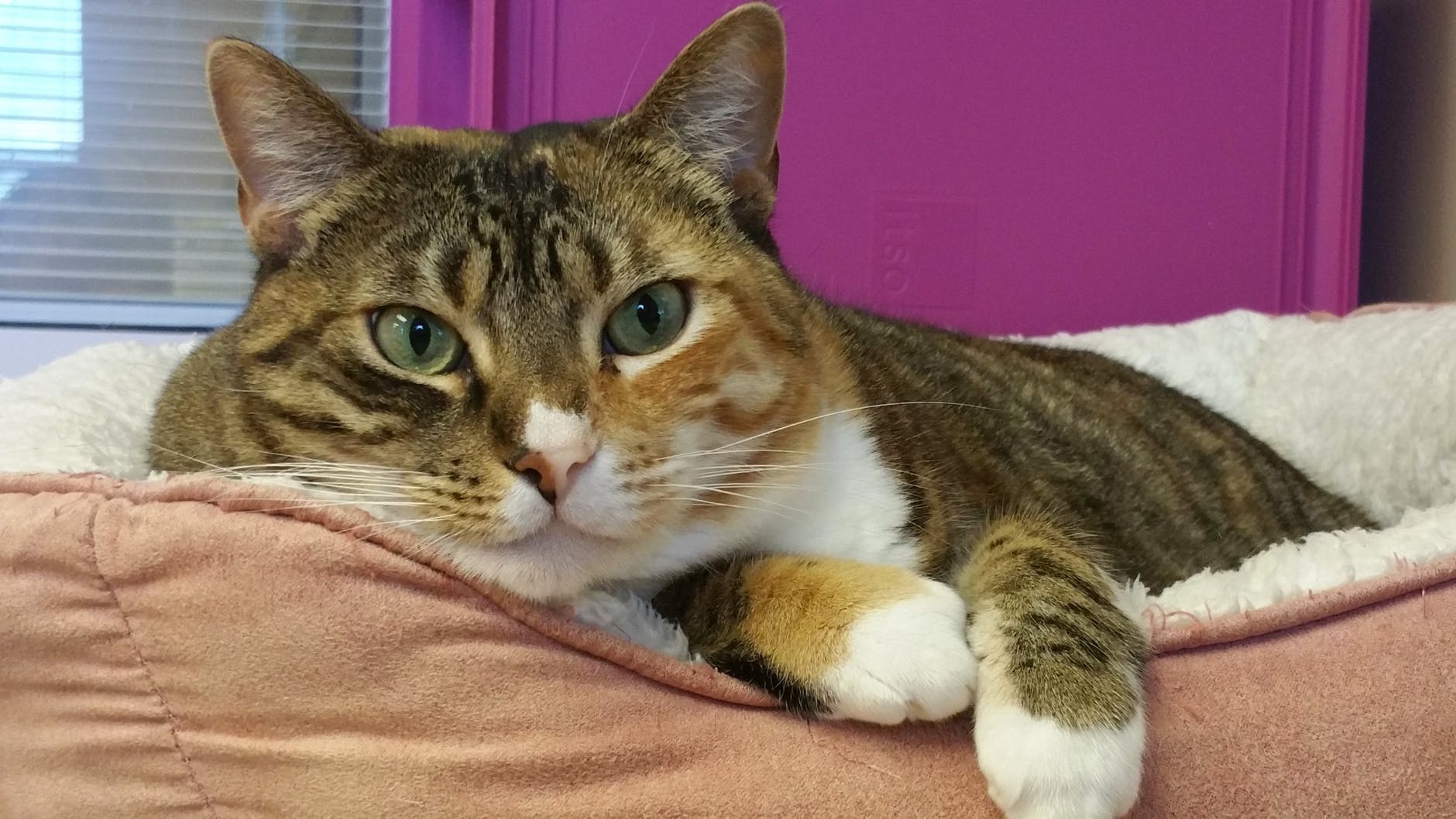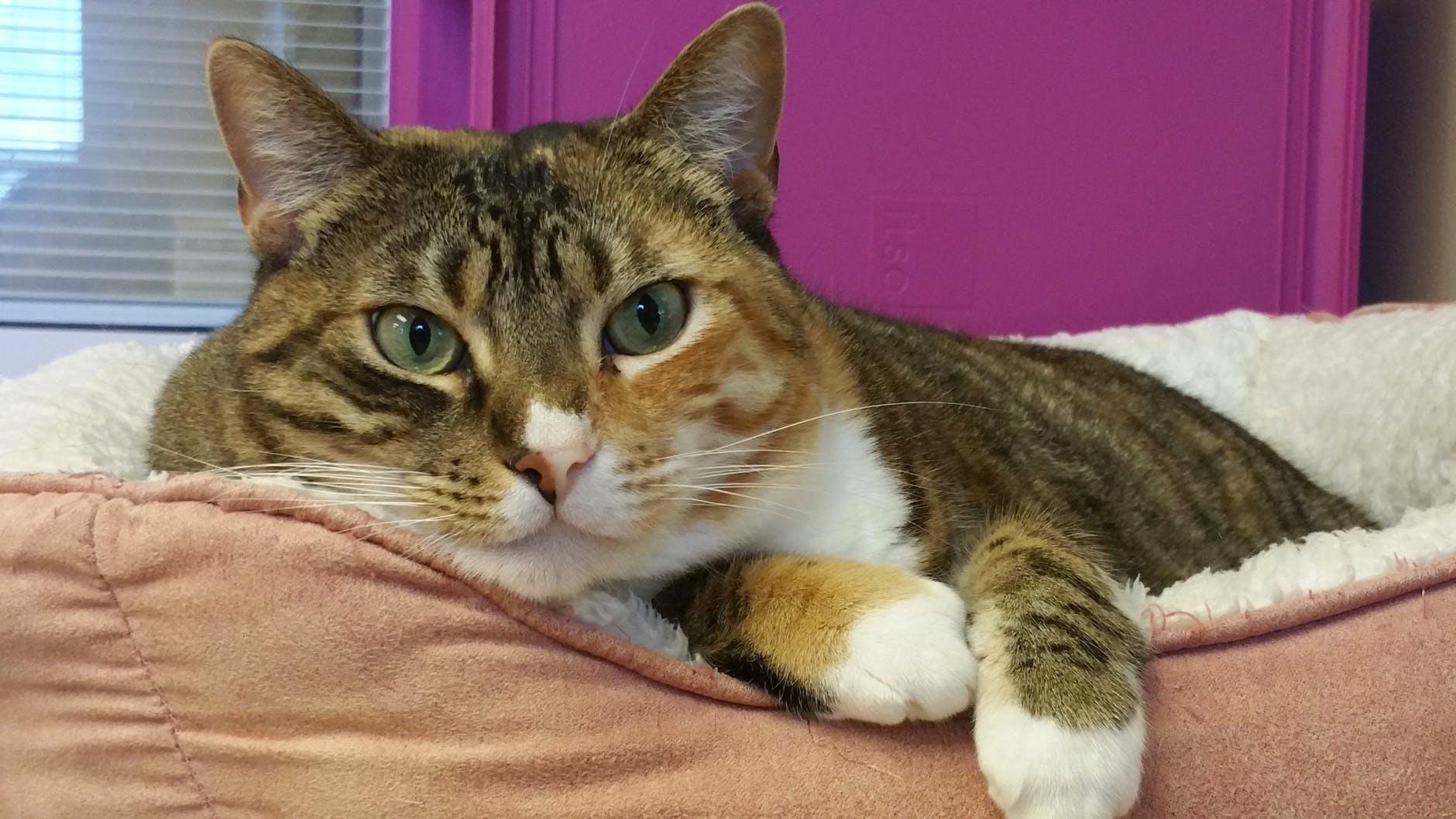PDSA advice on recognizing signs of illness in older pets
Looking after our pets takes a lot of commitment and devotion. As they age, they may need more of our help, but by keeping a close eye on our pets, they can continue to lead happy and healthy lives into their twilight years.
PDSA Vet Olivia Anderson-Nathan explains that many of the ailments old age pets can suffer from are similar to those we might expect to get ourselves.

“It’s incredibly common for our pets to start to slow down as they reach their senior years but, with a little extra care and attention, we can treat or accommodate for many of the things that cause them to slow down. Regular vet check-ups help to spot problems earlier and mean treatment can be started sooner, helping your pet continue to lead a happy and healthy life.
“It’s important pet owners don’t dismiss signs of disease as inevitable due to old age. Stiffness, tiredness and changes to toileting habits are just some of the symptoms that may mean there’s a problem and it’s important to speak to your vet to see what you can do to alleviate symptoms and help your pet.”
Arthritis, dementia-like symptoms and most cancers are all more prevalent in older pets, as they are in people. Older pets are also at risk of other diseases like diabetes, kidney and liver problems and hormone imbalances. A check-up at the vet every six months, even if they seem healthy, will help ensure any illness your pet might be developing are spotted at an early stage, when there’s a better chance of successful treatment or management of many conditions.
Signs your pet may be unwell are the same for older pets as they are for younger pets. In older pets, there are some subtle signs that it’s good to keep an eye out for:
- Changes in weight (ie unexplained loss or gain)
- Changes in energy levels (most often tiredness, but an unusual increase in activity is also a symptom)
- Stiffness when standing up or walking, or lameness that’s worse after resting
- Changes in appetite (most often off their food, but being ravenous all the time is also a sign)
- Drinking more
- Changes to toileting habits (eg going to the toilet more than usual or toileting in unusual places)
- Bad breath or sweet-smelling breath
- New lumps and bumps or swellings
- Seeming confused
- Barking or meowing at night

If your pet shows any of these symptoms, no matter what their age, it is worth getting them checked by a vet to get any health problems treated. Treatments and management can include medication or surgery, as well as changes to your pet’s routine or environment (like offering ramps for arthritic pets, or feeding diabetic pets at specific times).
It’s important to remember that many pets stay very healthy through later life, but spotting problems early often means treatment is more effective.

Olivia adds: “Even if your pet does develop an illness in old age, many can be treated or managed, ensuring they can lead a happy life. So if you’re worried about your pet’s health at any time, take them to your vet as soon as possible to stand the best chance of successfully treating the condition.”
PDSA is the UK’s leading vet charity. We’re on a mission to improve pet wellbeing through prevention, education and treatment. Funding from players of People’s Postcode Lottery helps us reach even more pet owners with vital advice and information. www.pdsa.org.uk
We regularly write about all things relating to cats on our Katzenworld Blog!
My partner and I are owned by five cheeky cats that get up to all kinds of mischief that of course, you’ll also be able to find out more about on our Blog
If you are interested in joining us by becoming a regular contributor/guest author do drop us a message @ [email protected] .
